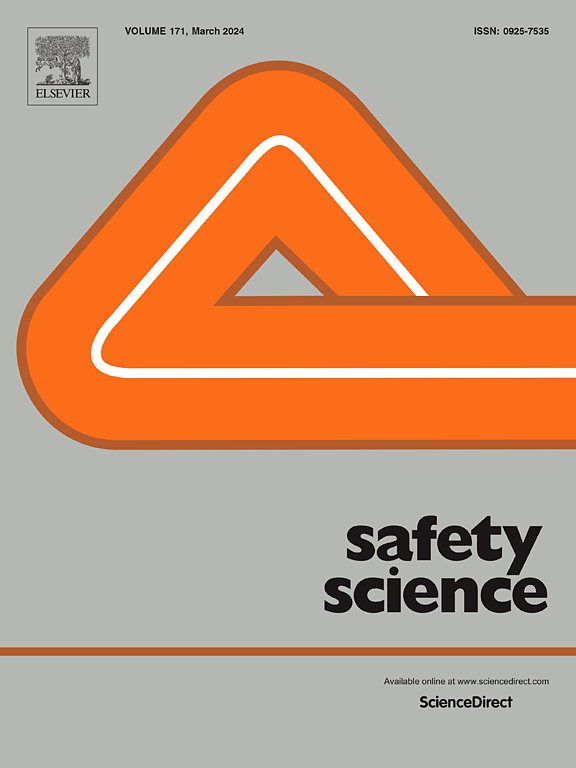Abrupt maneuvers in General Aviation accidents
IF 4.7
1区 工程技术
Q1 ENGINEERING, INDUSTRIAL
引用次数: 0
Abstract
Objectives
Abrupt maneuvers are an event category with a proportion of fatal accidents that is higher than in the broader category of General Aviation flights while mostly taking place in favorable light and weather conditions. This study aims to analyze this event category with suggestions for possible mitigating strategies.
Methods
A total of 226 accidents reporting abrupt maneuvers were collected from the National Transportation Safety Board online database and coded type of aircraft, flight phases, instructional flights, and pilot characteristics. A Poisson regression model with the total flight hours as an offset was used to determine trends over time, while an ordinal logistic regression model with highest injury level as the response was applied to determine variables significantly associated with fatality.
Results and recommendations
The total number of fatal accidents shows a significant downward trend for fixed-wing airplanes but not for helicopters. The ordinal logistic regression model shows that helicopters, physical environment, and the presence of a student pilot are significantly associated with less fatality, with 83.3%, 71.8% and 77.1% reductions in the odds of being more fatal, respectively. Scenario-based training programs that focus on decision-making are likely to assist in mitigating the number of accidents with abrupt maneuvers but are advised to include scenarios in favorable light and weather conditions while also distinguishing between different categories of aircraft.
求助全文
约1分钟内获得全文
求助全文
来源期刊

Safety Science
管理科学-工程:工业
CiteScore
13.00
自引率
9.80%
发文量
335
审稿时长
53 days
期刊介绍:
Safety Science is multidisciplinary. Its contributors and its audience range from social scientists to engineers. The journal covers the physics and engineering of safety; its social, policy and organizational aspects; the assessment, management and communication of risks; the effectiveness of control and management techniques for safety; standardization, legislation, inspection, insurance, costing aspects, human behavior and safety and the like. Papers addressing the interfaces between technology, people and organizations are especially welcome.
 求助内容:
求助内容: 应助结果提醒方式:
应助结果提醒方式:


